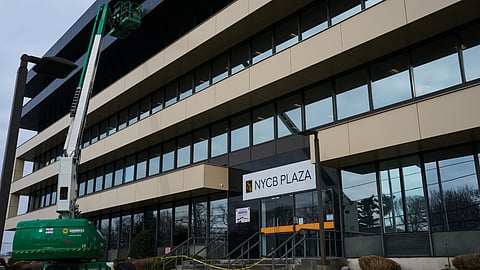Real estate turmoil: $1.2 Trillion loss sparks concerns for smaller banks
In a recent revelation, property tycoon Barry Sternlicht warned of $1.2 trillion in real estate losses, primarily in offices, with the uncertainty of its exact location causing investor anxiety. Smaller banks face heightened concern following New York Community Bancorp's dividend cut, anticipating potential fallout from commercial real estate loan defaults. Amid economic uncertainties, the Federal Reserve's cautious rate-cut approach poses risks for lenders, prompting worries of increased write-downs. Charts highlight the market dynamics, revealing both challenges and opportunities in the commercial real estate landscape.
Sign up for your early morning brew of the BizNews Insider to keep you up to speed with the content that matters. The newsletter will land in your inbox at 5:30am weekdays. Register here.
By Neil Callanan
Property mogul Barry Sternlicht last week said there's $1.2 trillion of real estate losses in offices alone and "nobody knows exactly where it all is." Investors are growing alarmed that smaller banks might be on the hook for much of the wipeout.
___STEADY_PAYWALL___

